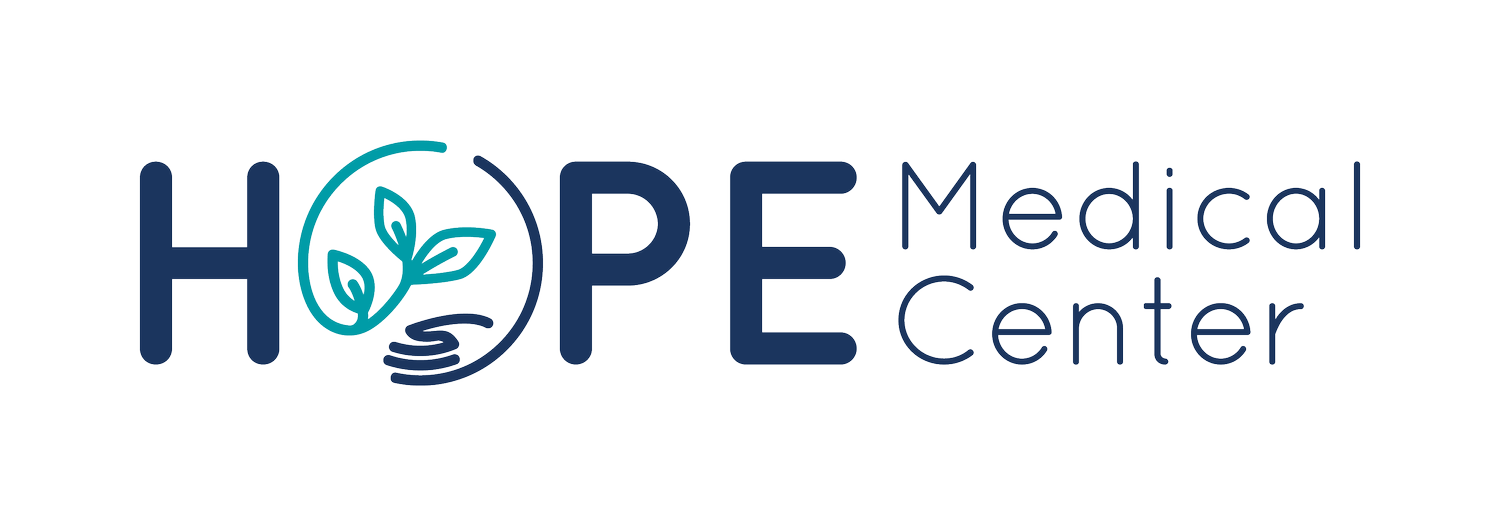Don't take our word for it. Below you will find what the research says about the benefits of accessible primary care in our communities as well as some of the challenges facing our region.
"This suggests that by serving as medical homes for the uninsured, FCs (Free Clinics) can help reduce simple, low complexity types of ED visits. This finding is consistent with previous literature that suggests FCs (Free Clinics) and other safety-net providers such as community health centers are viable and desired ways to provide primary and preventive services to the uninsured. They are also considerably more cost-effective than providing basic primary care in the ED. Thus, hospitals that work with local FCs not only provide an important charitable function, but also may benefit financially by diverting unnecessary and costly ED visits."
- HCA funded research on the beneficial relationship between hospitals and free clinics. The Hope Medical Clinic would like to extend a heartfelt thank you to Sacred Heart Hospital on the Emerald Coast for their partnership in addressing the healthcare needs of Okaloosa and Walton counties. We welcome the participation of other area hospitals in achieving the same goal.
It is difficult to describe the challenges faced by the working uninsured and medically underserved in Okaloosa and Walton counties without acknowledging broader challenges. The Florida Panhandle has an ongoing problem which will very likely intensify in the coming 10 years, specifically, access to healthcare. Unless addressed, projected national shortages of primary care providers and nurses, decreasing numbers of emergency rooms, increasing use of existing emergency rooms, increased cost of care, and increased need for medical care as the baby-boomer generation ages, will hit regions like ours especially hard. In short, the demand for healthcare services will be greatest at a time when the resources will be least available. Even within the Panhandle there are varying levels of healthcare access. Okaloosa and Walton counties simply do not have the medical resources of Escambia and Leon counties, for example. Historically, access to primary care has been most difficult for rural and inner-city uninsured residents. These residents have increasingly relied on area emergency rooms for both emergent and non-emergent care, in the absence of accessible primary care providers. Further, as these resident’s conditions go untreated, medical care that would otherwise involve routine check-ups and prescriptions often becomes much more difficult to address. This often results in patients being rushed to emergency rooms and admitted to the hospital before being sent home again where the cycle of unaddressed medical needs repeats itself. In some cases these residents are not treated at all, and die from manageable conditions that were never addressed or were addressed too late. Over the coming decade, as the gap widens between the demand for healthcare services and the available resources, insured residents will increasingly experience the effects of this shortage. With increased reliance on a shrinking number of emergency rooms to address chronic conditions that have become acute in the absence of accessible primary care, comes increased waiting time and cost for services, regardless of insurance status. There are 48,252 uninsured residents in Okaloosa and Walton counties as of 2013. The Hope Medical Clinic currently sees over 1,500 of these.
Healthcare Provider Shortage.
1. Projecting the Supply and Demand for Primary Care Practitioners Through 2020. "If the system for delivering primary care in 2020 were to remain fundamentally the same as today, there will be a projected shortage of 20,400 primary care physicians. Under a scenario in which primary care nurse practitioners (NPs) and physician assistants (PAs) are fully integrated into health care delivery, such as patient-centered medical homes that emphasize team-based care, the projected shortage of primary care practitioners in 2020 could be somewhat alleviated."
2. How to Beat the Doctor Shortage. "The approach most favored by experts at Harvard and elsewhere is to reshape traditional primary care: from a stream of patients waiting to see one harried doctor to a more efficient team practice in which patients with routine problems are seen by nurse-practitioners and physician assistants — trained specialists with master's degrees."
3. U.S. faces 90,000 doctor shortage by 2025, medical school association warns. "An increasingly older, sicker population, as well as people living longer with chronic diseases, such as cancer, is the reason for the increased demand," Darrell G. Kirch, the AAMC's president and chief executive, told reporters during a telephone news briefing."
4. Nursing Shortage. In a statement released in March 2008, The Council on Physician and Nurse Supply, an independent group of health care leaders based at the University of Pennsylvania, has determined that 30,000 additional nurses should be graduated annually to meet the nation's healthcare needs, an expansion of 30% over the current number of annual nurse graduates.
5. Why are There so few Doctors in Rural America? While the southern end of our counties are relatively populated, the northern ends are largely rural. follow the link below to learn more about why rural areas struggle to recruit and retain doctors.
6. American Association of Medical Colleges (AAMC): Doctor Shortage. "It's Coming. It matters. It's time to act." Follow the link below to learn more.
Emergency Room Use and Primary Care.
1. Do Free Clinics Reduce Unnecessary Emergency Department Visits? In this study funded by HCA, researchers study the relationship between hospitals and free clinics working in the same communities. Follow the link for the the entire study.
2. Quality Field Notes: Reducing Inappropriate Emergency Department Use. "Patient demand for EDs is increasing, even as the number of hospitals with EDs is decreasing, leaving patients concentrated in more crowded EDs. Looking ahead, the aging population and growing burden of chronic disease will continue to put a strain on both primary care providers and EDs."
















